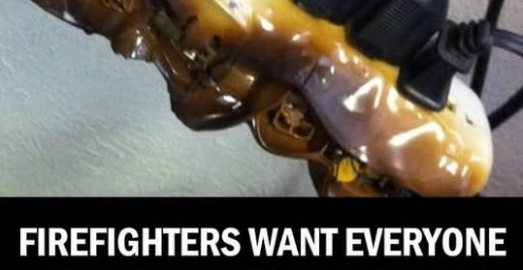In today’s world, we rely heavily on electricity to power our daily lives. However, this convenience can sometimes lead to complacency, causing us to overlook crucial safety precautions. One common mistake is overloading power strips with high-wattage devices, which can pose serious fire hazards. Before plugging in any device, it’s essential to check the power strip’s capacity.
When it comes to plugging in appliances, there are certain items that should never be connected to a power strip. For instance, ovens require a dedicated outlet due to their high power consumption. Similarly, refrigerators need a separate outlet to handle their frequent cycling and energy demands. Heaters, too, should be plugged directly into a wall socket, as they use extended periods of energy.
Other appliances that should be plugged into their own outlets include microwaves, coffee makers, and toasters. These devices may seem harmless, but they can quickly overload a power strip and cause a fire. Additionally, never connect one power strip to another, as this violates safety codes and can lead to electrical shocks or fires.
When it comes to protecting your electronics, such as computers, TVs, and routers, use power strips with surge protection to prevent damage from power surges. By being mindful of what you plug into a power strip, you can significantly reduce the risk of electrical hazards in your home. Remember, safety should always be your top priority when it comes to electricity.


